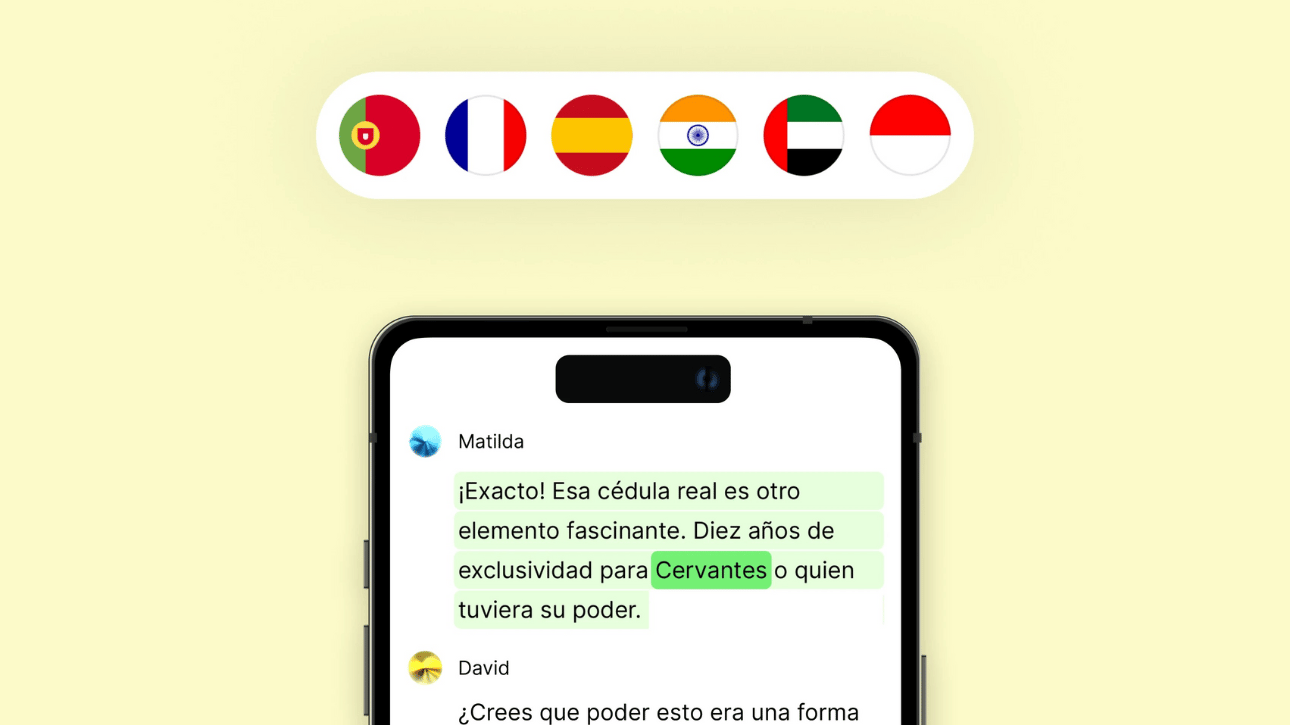- The Logical Box
- Posts
- Ai2 challenges Meta with new open-source language models
Ai2 challenges Meta with new open-source language models
PLUS: Amazon's AI model “Olympus” aims to revolutionize video understanding

Hello, AI Explorer! Welcome to The Logical Box
Ai2 has released OLMo 2, a family of open-source language models that are competitive with Meta's Llama and adhere to the Open Source Initiative's definition of open source AI.
Let’s get into it…
Let’s Take a Peek Inside the Box for Today’s Issue:
Ai2 challenges Meta with new open-source language models
Amazon's AI model “Olympus” aims to revolutionize video understanding
MIT researchers tackles AI bias in healthcare
ElevenLabs unveils GenFM, transforming text into AI-powered podcasts
AI Tip of the Week: Streamline Your Meetings with AI
Read time: 5 minutes

Image Source: Leonardo AI / Andrew Keener
Think Inside the Box:
Ai2 has released OLMo 2, a family of open-source language models that are competitive with Meta's Llama and adhere to the Open Source Initiative's definition of open source AI.
Unpacking the Logic:
OLMo 2 includes two models: OLMo 7B with 7 billion parameters and OLMo 13B with 13 billion parameters.
The models were trained on a diverse dataset of 5 trillion tokens, including high-quality websites, academic papers, and math workbooks.
Ai2 claims OLMo 2 7B outperforms Llama 3.1 8B across various tasks.
The models and their components are available for download under the Apache 2.0 license, allowing commercial use.
Ai2 aims to provide the open-source community with resources for discovering new approaches in AI development.
The Logical Impact:
From a practical standpoint, OLMo 2's release challenges the status quo in AI model development, promoting transparency and reproducibility. This raises a crucial question for businesses and researchers: How can fully open-source AI models like OLMo 2 be leveraged to drive innovation and ethical advancements in your field?

Image source: Facialix.com
Think Inside the Box:
Amazon is developing a new AI model codenamed "Olympus" that can analyze and understand video content, potentially transforming how users interact with video platforms and opening new possibilities for content creation and search.
Unpacking the Logic:
Olympus is designed to comprehend and describe video content, including actions, objects, and scenes.
The model could enable more accurate video search and content recommendations on platforms like Prime Video.
Amazon's AI could assist in generating video content, such as trailers or highlight reels.
Olympus may have applications in Amazon's e-commerce business, improving product videos and shopping experiences.
The development of this AI model aligns with Amazon's broader strategy to integrate generative AI across its various services.
The Logical Impact:
Logically speaking, Amazon's Olympus model could significantly impact how businesses and consumers interact with video content. This raises a critical question: How might advanced video understanding AI reshape your industry's approach to content creation, marketing, and customer engagement?

Image source: Qudus Shittu Photo of Marzyeh Ghassemi
Think Inside the Box:
Marzyeh Ghassemi, an associate professor at MIT, is leading research to improve the robustness and fairness of machine learning systems in healthcare, addressing critical issues of bias and performance gaps across different demographic groups.
Unpacking the Logic:
Ghassemi's research revealed that ML models can recognize a patient's race from medical images, which human radiologists cannot do.
Her team discovered that models optimized for average performance performed worse for women and minorities.
They found a correlation between a model's ability to predict race/gender and its performance gap for those demographics.
The research emphasizes that models trained for fairness in one hospital setting may not maintain that fairness when deployed elsewhere.
Ghassemi's work highlights the need for site-specific model optimization to ensure fairness and effectiveness across different healthcare environments.
The Logical Impact:
From a practical standpoint, Ghassemi's research exposes critical challenges in deploying AI in healthcare across diverse settings. This prompts an essential question for healthcare providers and AI developers: How can we ensure AI models maintain fairness and effectiveness when transferred between different healthcare environments, and what steps are necessary to mitigate bias in AI-driven healthcare decisions?

Image source: ElevenLabs
Think Inside the Box:
ElevenLabs has launched GenFM, a new feature in their ElevenReader app that converts various text-based content into AI-generated podcasts, offering a novel way to consume information.
Unpacking the Logic:
GenFM creates podcasts using two AI co-hosts, tailored to match the content's topic and tone.
The feature supports content in 32 languages, making it accessible to a global audience.
Users can import diverse content types, including articles, documents, PDFs, and eBooks.
GenFM can generate podcasts on a wide range of subjects, from news summaries to book discussions.
The technology aims to transform passive reading time into engaging audio experiences.
The Logical Impact:
Logically speaking, GenFM represents a significant shift in content consumption and creation. This prompts a crucial question for businesses and content creators: How can AI-generated audio content be integrated into your communication strategy to enhance engagement and reach across different formats and languages?
AI TIP OF THE WEEK
AI TIP OF THE WEEK
Streamline Your Meetings with AI
Meetings taking up too much of your day?
AI tools can help you save time by organizing, summarizing, and automating key aspects of your meetings.
How AI Can Help You:
• It schedules meetings based on everyone’s availability.
• It transcribes meetings in real-time, so you don’t miss a thing.
• It summarizes discussions and creates action items automatically.
Easy Steps to Get Started:
Pick a Tool: Try options like Otter.ai (real-time transcription), Fireflies.ai (meeting summaries), or Motion (scheduling and task management).
Automate Scheduling: Use AI to schedule meetings at times that work for everyone, avoiding back-and-forth emails.
Transcribe and Record: Set up AI tools to take detailed notes during the meeting.
Summarize and Share: Let the AI generate summaries and action items to share with attendees afterward.
Analyze and Improve: Use AI analytics to identify patterns, such as which topics consume the most time.
Why It’s Useful:
Busy professionals can make the most of their meetings by:
• Reducing time spent on admin tasks like scheduling.
• Focusing on discussions instead of taking notes.
• Ensuring no action items are missed.
Tools to Try:
• Otter.ai: Provides real-time transcription and summaries.
• Fireflies.ai: Summarizes meetings and tracks action items.
• Motion: Combines scheduling, task prioritization, and meeting insights.
With AI handling the details, your meetings will become more productive and less time-consuming, so you can focus on driving results.
Please share The Logical Box link if you know anyone else who would enjoy!